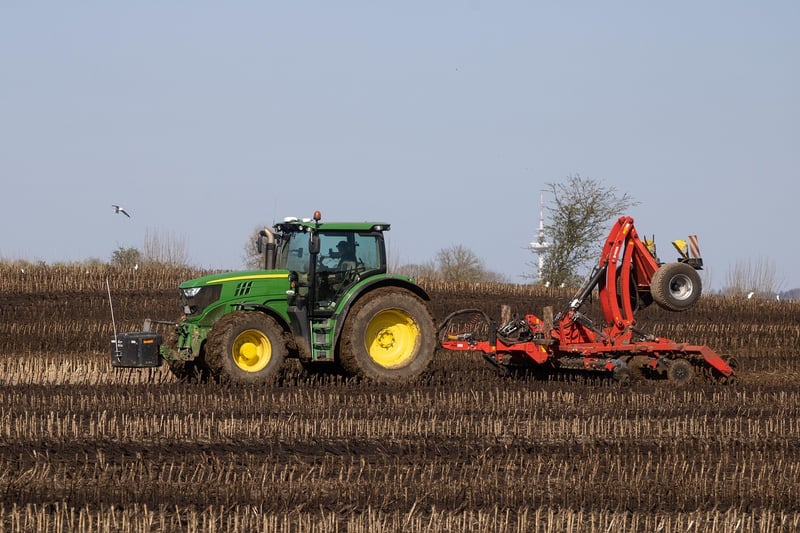Fertilizing Guide
Essential Plant Care Information and Fertilizing Guide
Introduction to Plant Care
Plants are not just decorative elements but living organisms that require proper care to thrive. Whether you are a seasoned plant parent or just starting your green journey, understanding the basics of plant care is essential to keep your plants healthy and happy.
Watering
One of the most critical aspects of plant care is watering. Different plants have varying water requirements, so it's essential to research your plant's specific needs. Overwatering can lead to root rot, while underwatering can cause wilting and stunted growth.
Lighting
Light is vital for photosynthesis, the process by which plants convert light into energy. Ensure your plants receive adequate light based on their species. Some plants thrive in direct sunlight, while others prefer indirect or low light conditions.
Temperature and Humidity
Plants have specific temperature and humidity preferences. Make sure to place your plants in an environment where these conditions are suitable for their growth. Using a humidifier or pebble tray can help increase humidity levels for plants that require it.
Soil and Potting
Choosing the right soil mix and pot size is crucial for plant health. Use well-draining soil to prevent waterlogging, and repot your plants when they outgrow their containers. Consider using pots with drainage holes to avoid water accumulation at the roots.
Fertilizing Guide
While soil provides essential nutrients, fertilizing helps replenish nutrients that may deplete over time. Here's a basic guide to fertilizing your plants:
Types of Fertilizers
- Organic Fertilizers: Derived from natural sources like compost, manure, or fish emulsion.
- Synthetic Fertilizers: Manufactured chemical compounds that provide specific nutrients.
When to Fertilize
During the growing season, typically in spring and summer, when plants are actively growing and benefit from additional nutrients. Reduce or stop fertilizing in fall and winter when plant growth slows down.
How to Fertilize
Follow the instructions on the fertilizer package for the correct dosage. Overfertilizing can harm plants, so it's essential to use the right amount. Water your plants after fertilizing to help nutrients reach the roots.
Special Considerations
Some plants have specific fertilizer requirements. Research your plant species to determine the best fertilizer type and schedule for optimal growth.
Conclusion
By understanding essential plant care practices and following a proper fertilizing schedule, you can ensure your plants stay healthy and vibrant. Remember to observe your plants regularly and adjust your care routine based on their individual needs.

Happy gardening!
